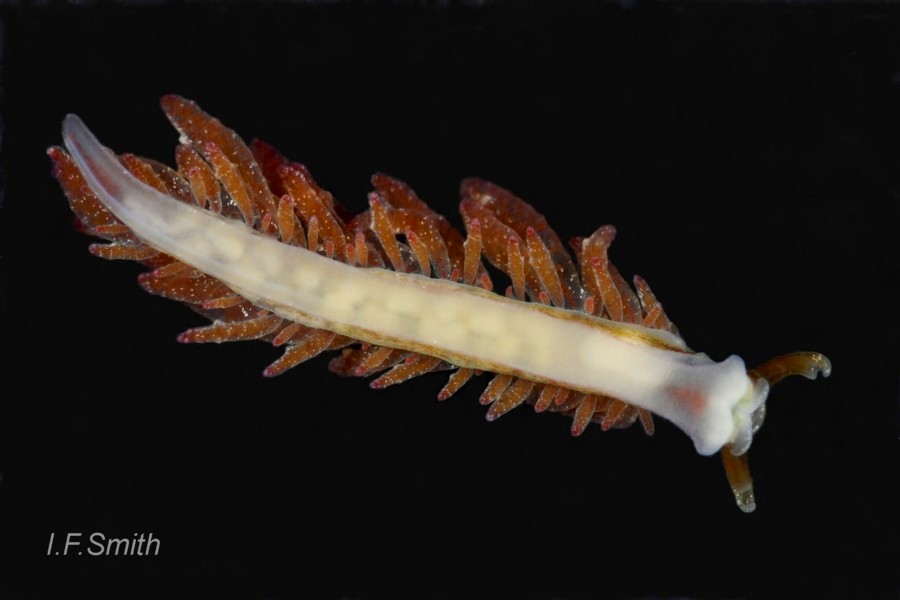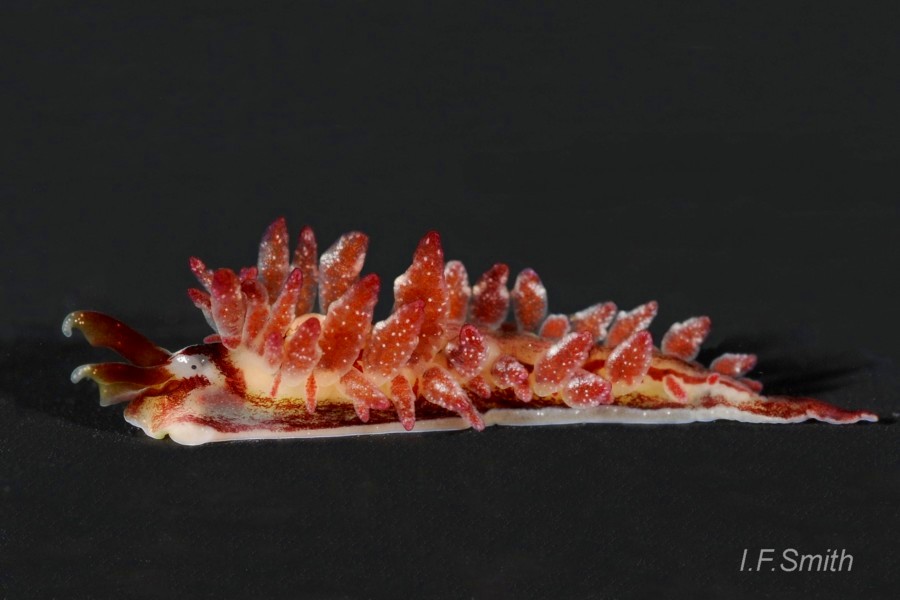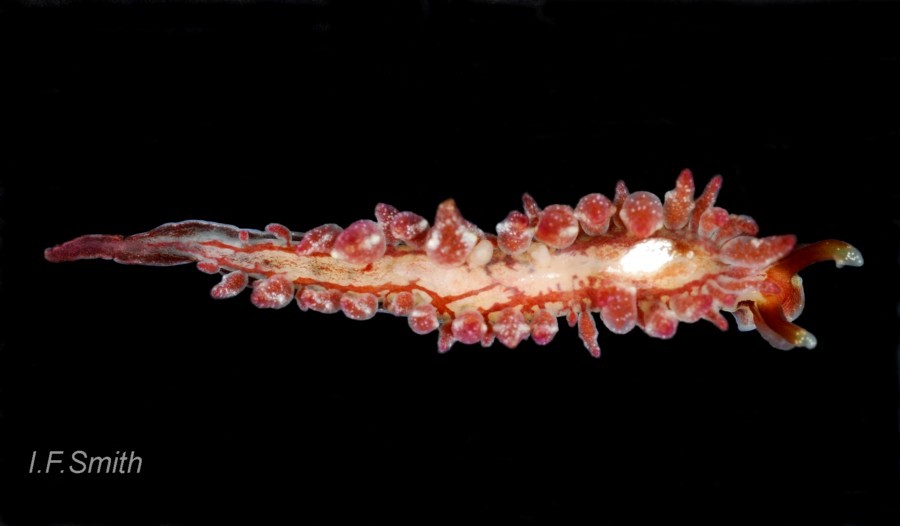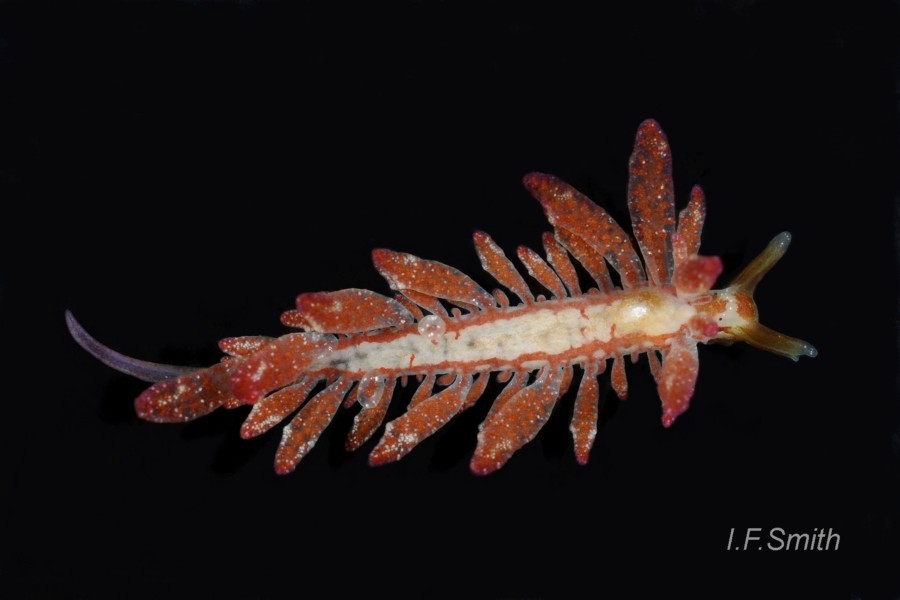How much harm does collecting dead shells from beaches do?
Issue
10
Page
10
Oestophora calpeana (Morelet, 1854): The Gibraltarian snail
Issue
10
Page
9








